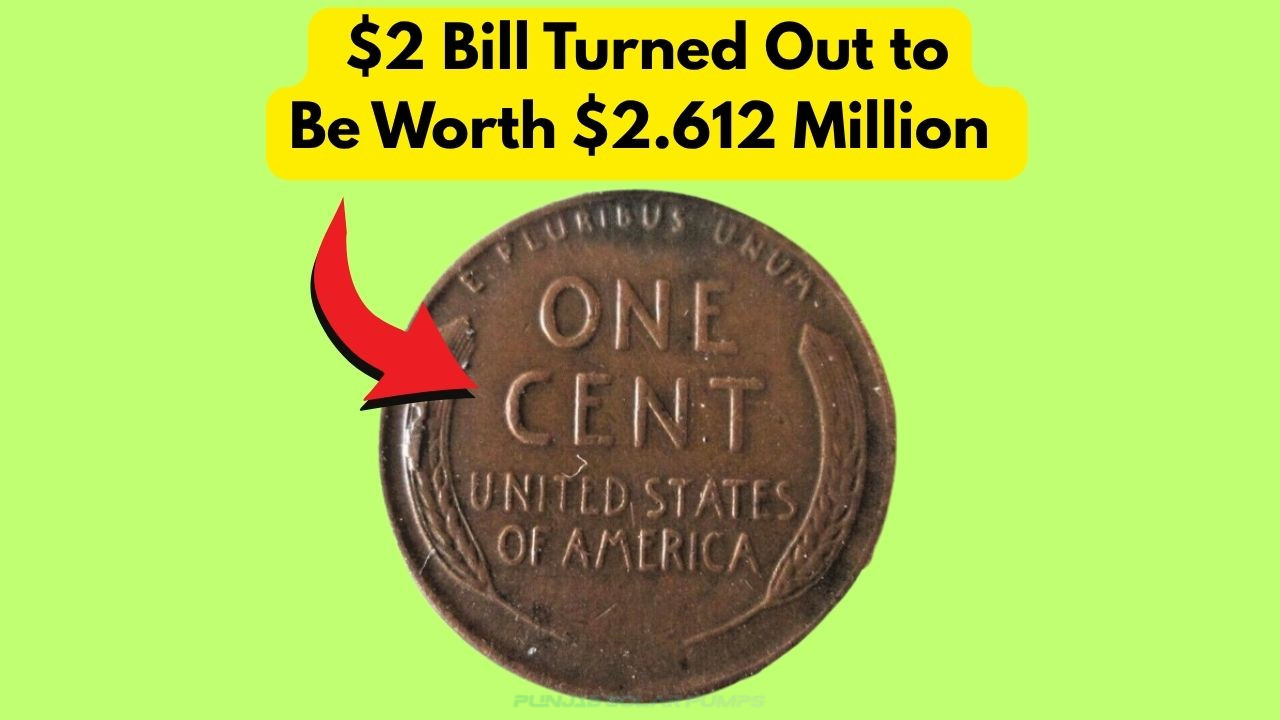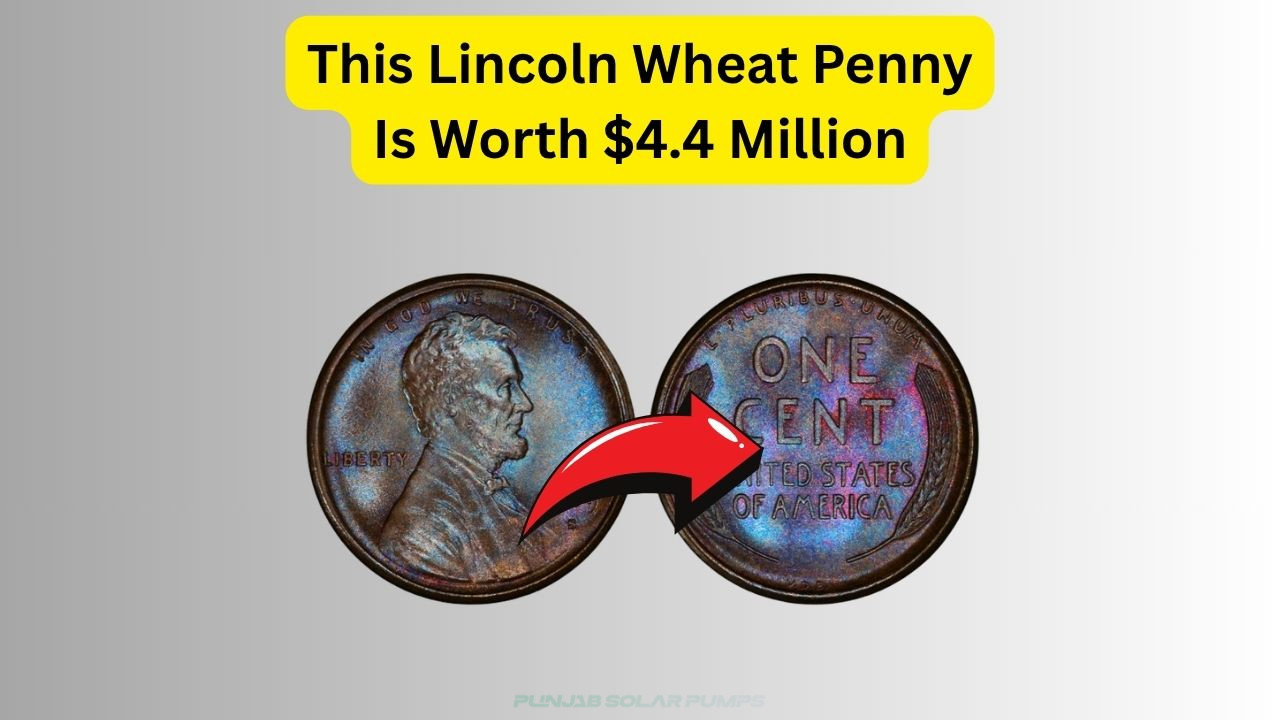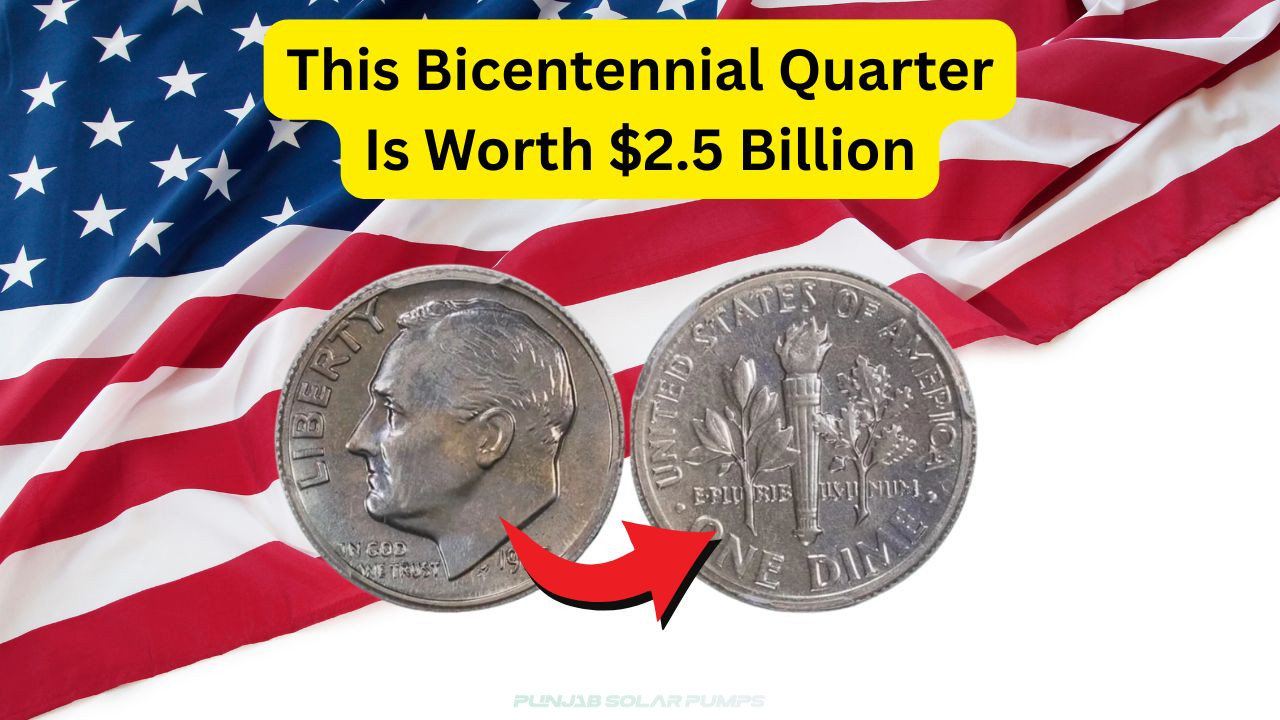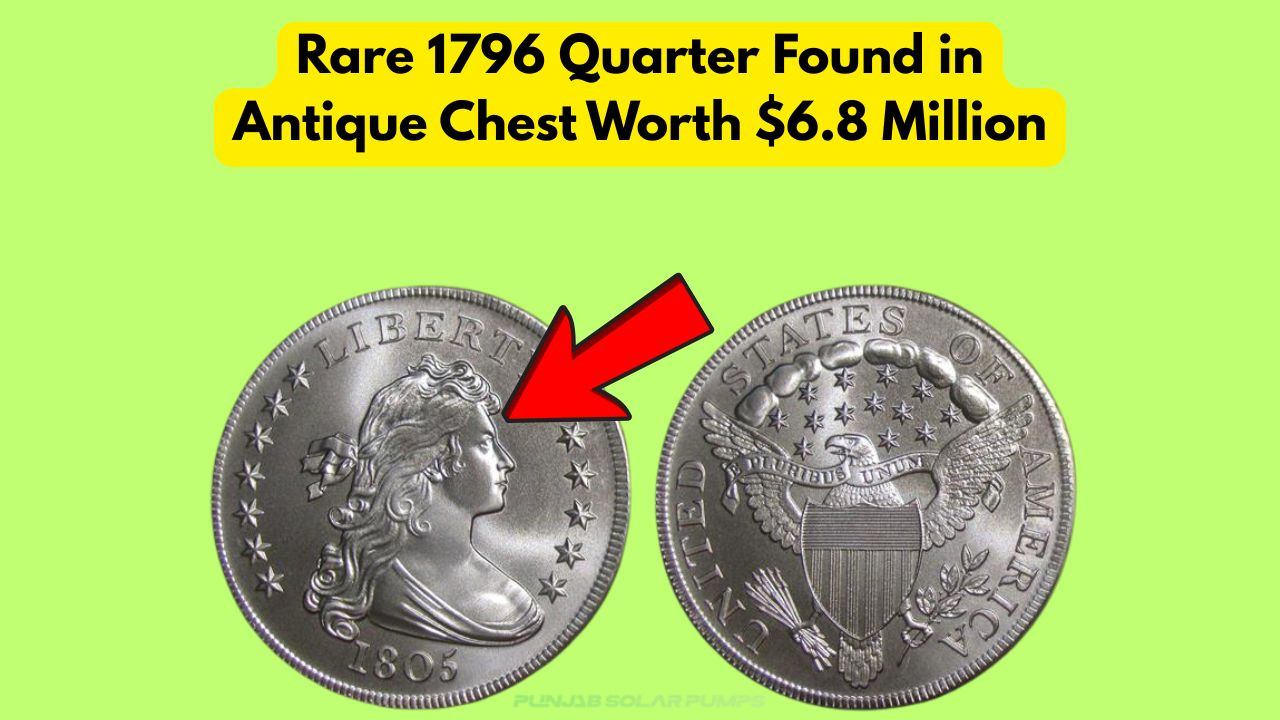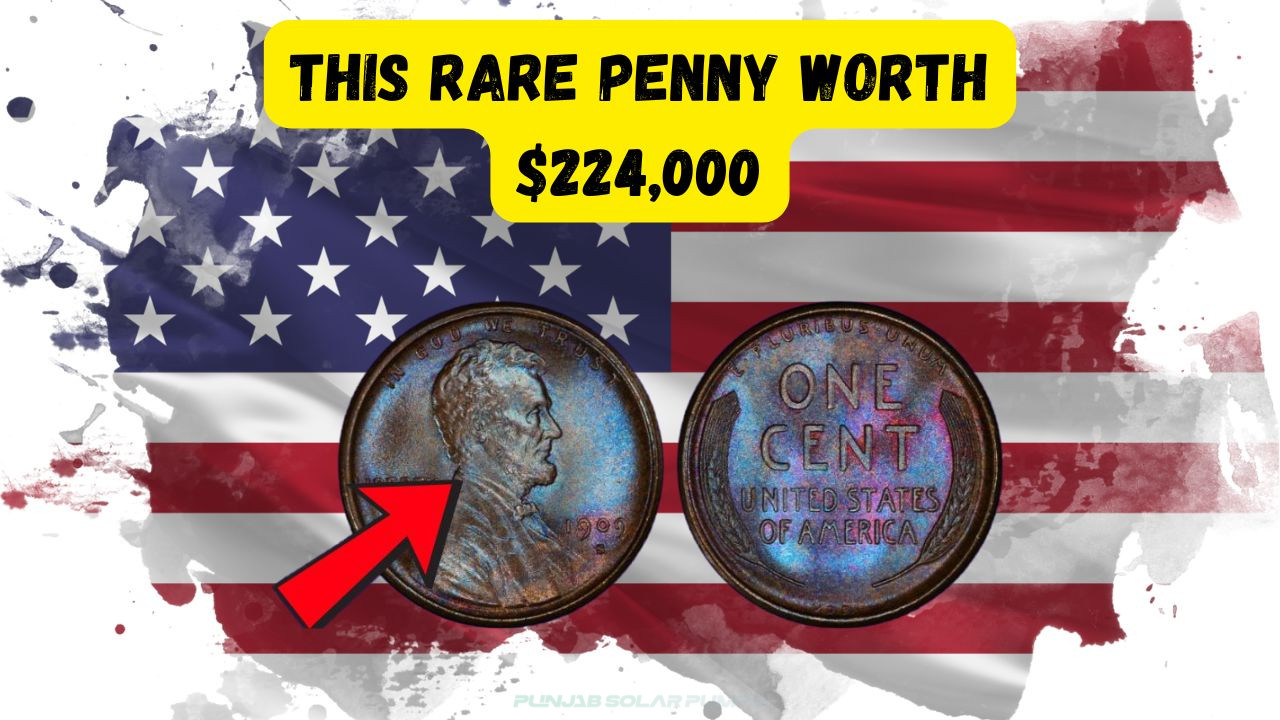Rare $2 Bill
An Unexpected Find at a Gas Station
Rare $2 Bill: In an unassuming corner of the bustling town of Coinsville, a routine day at the local gas station turned extraordinary when a peculiar discovery was made. It was a typical busy afternoon, the sound of cars filling up and the chatter of customers filling the air, when an employee stumbled upon what seemed like an ordinary $2 bill. Little did they know, this seemingly common currency held a secret that would soon captivate collectors and locals alike.
- Discovered by a curious employee.
- Appeared as an ordinary $2 bill.
- Found during a routine cash register check.
- Attracted the attention of collectors.
- Significant historical value.
- Rare printing error increased its worth.
- Unique serial number sequence.
The Story Behind the Rare Find
The rare $2 bill wasn’t just any ordinary banknote. Upon closer inspection, the employee noticed an unusual aspect of the bill that set it apart. The serial numbers were not aligned in the typical manner; instead, they were slightly tilted, a rare printing error that can significantly increase a note’s value. Moreover, the particular series year printed on the bill was 1896, a year known for its limited production of $2 bills, making it a coveted item among numismatists. The bill’s impeccable condition and the rarity of the series year contributed to its staggering valuation of $2.612 million.
| Attribute | Description | Impact on Value |
|---|---|---|
| Serial Number | Misaligned | Increases rarity |
| Series Year | 1896 | Limited production |
| Printing Error | Tilted numbers | Enhanced collector interest |
| Condition | Pristine | Boosts overall value |
| Historical Significance | Unique context | Appeals to historians |
| Market Demand | High | Increases competition |
| Rarity Level | Extremely rare | Maximizes potential worth |
The Impact of Rare Currency Discoveries
Finds like this rare $2 bill have a significant impact on both the local community and the broader numismatic world. In Coinsville, the discovery has sparked a renewed interest in collecting rare currency, with local shops experiencing an uptick in foot traffic from enthusiasts hoping to stumble upon their own valuable finds. The excitement has also led to educational initiatives in local schools, where students learn about the history and value of currency. This particular discovery has not only brought financial gain but has also enriched the cultural tapestry of the community.
- Increased local interest in numismatics.
- Boost in tourism and local business.
- Educational opportunities for students.
- Enhanced community pride.
- Media attention and coverage.
- Potential for future discoveries.
- Inspiration for new collectors.
Understanding the Value of Rare Bills
For those new to the world of rare currency collecting, understanding the factors that contribute to a bill’s value is crucial. A rare bill’s worth is determined by several elements, including its condition, rarity, historical significance, and market demand. Collectors often look for unique attributes such as printing errors, unique serial numbers, and limited production years. Analyzing these aspects can lead to a deeper appreciation for the stories each bill can tell and the journeys they have taken through time. As with the rare $2 bill discovered in Coinsville, these elements combined to create an astonishingly high valuation, capturing the imagination of collectors worldwide.
- Condition: The state of preservation and any signs of wear.
- Rarity: The scarcity of the bill in circulation.
- Historical Significance: The context and story behind the bill.
- Market Demand: The interest level from collectors.
- Unique Features: Errors or anomalies that set the bill apart.
- Serial Numbers: Unusual sequences that attract attention.
Comparing Rare Currency Discoveries
Comparing the rare $2 bill to other notable currency discoveries reveals fascinating insights into the world of numismatics. For instance, the 1933 Double Eagle gold coin, a legend in the currency world, was sold for millions due to its rarity and historical context. Similarly, the British Guiana 1c magenta stamp holds immense value in the philately community for its singular existence. These examples highlight how rarity, combined with unique historical narratives, can elevate everyday items to legendary status. The rare $2 bill from Coinsville joins this elite group, proving that even the most unexpected finds can capture the world’s attention.
| Item | Year | Value |
|---|---|---|
| 1933 Double Eagle | 1933 | $18.9 million |
| British Guiana 1c Magenta | 1856 | $9.5 million |
| Rare $2 Bill | 1896 | $2.612 million |
| Inverted Jenny Stamp | 1918 | $1.6 million |
| Flowing Hair Dollar | 1794 | $10 million |
| 1969-S Lincoln Penny | 1969 | $126,500 |
Preserving and Protecting Rare Finds
For collectors and enthusiasts, preserving and protecting rare currency is paramount. Proper handling techniques and storage solutions are crucial to maintaining a bill’s condition and value. Many collectors opt for protective sleeves or cases that safeguard against environmental damage such as moisture, light, and air exposure. Additionally, keeping detailed records of a bill’s provenance and history can enhance its appeal to future buyers. As with the rare $2 bill, ensuring its preservation is essential to maintaining its unique story and value for generations to come.
Engaging with the numismatic community can also provide valuable insights and tips on preservation techniques. Attending coin shows, joining collector clubs, and participating in online forums are excellent ways to learn from experienced collectors. Furthermore, consulting with professional appraisers can help determine the best methods for maintaining a bill’s integrity. By taking these steps, collectors can ensure their rare finds remain protected and continue to captivate future generations of enthusiasts.
The Legacy of Rare Currency Discoveries
Rare currency discoveries like the $2 bill in Coinsville leave a lasting legacy both locally and globally. They serve as a reminder of the rich histories embedded in everyday objects and the stories waiting to be uncovered. Such discoveries also foster a sense of community and shared excitement, bringing people together to celebrate the unexpected and the extraordinary. As these treasures change hands and new stories unfold, they continue to inspire curiosity and passion within the numismatic community and beyond.
- Encourages historical appreciation.
- Fosters community engagement.
- Inspires future discoveries.
Whether it’s the thrill of the hunt or the joy of unearthing a piece of history, these discoveries offer a unique glimpse into the past, connecting us to the people and events that shaped our world. As the story of the rare $2 bill continues to unfold, it reminds us of the treasures that can be found in the most unexpected places, waiting to share their stories with those who are willing to look beyond the ordinary.
The legacy of rare currency discoveries is not just about financial gain; it’s about preserving history, fostering education, and creating connections that span time and space. These discoveries enrich our cultural heritage and ensure that the stories of our past continue to be told, cherished, and celebrated for generations to come.
Frequently Asked Questions
What makes a $2 bill rare?
A $2 bill is considered rare if it includes unique features such as printing errors, limited series production, or unusual serial numbers that set it apart from standard circulation.
How can I determine the value of a rare bill?
Determining the value of a rare bill involves assessing its condition, rarity, historical significance, and the current market demand. Consulting with a professional appraiser can provide an accurate valuation.
Where can I sell a rare currency?
Rare currency can be sold through auction houses, numismatic dealers, or online platforms specializing in collectible currency. It’s essential to research and choose a reputable source for selling.
What should I do if I find a rare bill?
If you find a rare bill, handle it with care to preserve its condition, and consult with a numismatic expert to assess its value and determine the best course of action for selling or keeping it.
Are there specific storage methods for preserving currency?
Yes, storing currency in protective sleeves or cases that guard against environmental factors such as moisture and light is crucial. Keeping them in a controlled environment helps maintain their condition and value.
